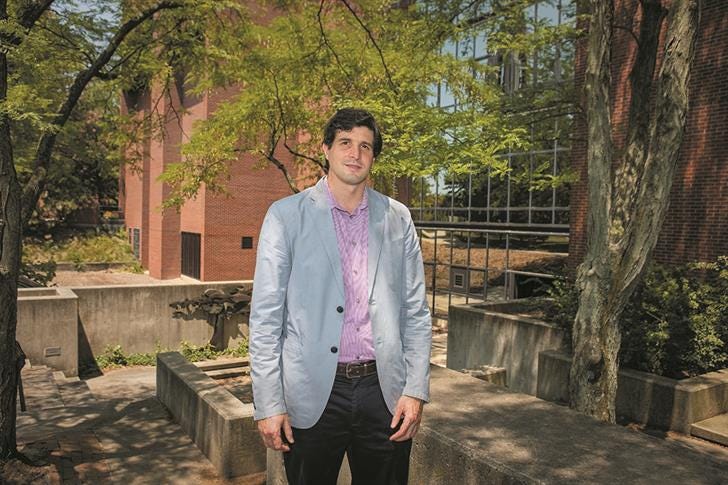Partnerships for Better Rental Housing Improve Communities
 Ball State urban planning professor John West
Ball State urban planning professor John West
Subscriber Benefit
As a subscriber you can listen to articles at work, in the car, or while you work out. Subscribe NowIn evictions, no one wins. Tenants lose their homes. Although landlords often prevail in court, they might not get the back rent owed to them, and they spend money on cleaning, repairs and advertising to attract another tenant. To improve outcomes for both parties, students in my class, collaborating with local nonprofits and the Delaware County (Indiana) Circuit Courts, created Indiana’s first eviction mediation program.
According to national research from the Eviction Lab, the eviction rate in Indiana was more than twice the national average in 2016. One statistic that jumped out at me was that Indianapolis had almost 4,700 more evictions than Chicago. And those are the cases we know of. Many evictions are done informally and unlawfully — a landlord tells the tenant to leave and changes the locks.
As an urban planning professor at Ball State University, I strive for vibrant, inclusive communities. My favorite thing about teaching is creating a classroom environment with my students that models and enacts this ideal. For three years, graduate students in my courses have endeavored to improve housing conditions for our neighbors by partnering with renters, landlords and organizations. These community partnerships created civic capacity for innovation.
In my research, I explore the tension between planners treating the public like consumers versus treating the public like civic agents. I think of urban planning as a collaboration. Rather than present myself as an expert, it’s more important to communicate effectively with people who need information, to listen and to find local partners with the talents, skills and ideas that can make our communities better.
One thing I’ve learned from listening is that renters don’t know their rights or how to get help. So my students produced “The Renter’s Book” to provide answers to landlords and tenants in Muncie. We have since received requests for editions that apply to all of Delaware County and east central Indiana.
Another outcome of my classes’ efforts is a consortium of local government officials, nonprofit executives and real-estate professionals to address pressing needs in rental housing. These relationships provide new resources and new institutional capacity to create new programs to benefit the community.
One of those initiatives is the eviction mediation program. Much of the credit goes to my student Jacob Ihrie, who had a grant-funded graduate assistantship at PathStone Corp., the housing assistance agency running the program, and Emily Anderson of the Delaware County Circuit Courts.
This voluntary, legally binding program allows for creative solutions if tenants stop paying rent because they’ve lost their jobs during the pandemic. For example, a mediator can have the parties agree to adjusting monthly payments or to the tenant compensating the landlord by providing in-kind services like painting rooms or mowing lawns.
Good policies to protect renters are essential to healthy housing markets. A mediation program like Delaware County’s benefits landlords, renters and the community.
This article is sponsored content paid for by Ball State University.
John West is an assistant professor of urban planning at Ball State University and the founder of the Muncie Land Bank, a nonprofit that acquires abandoned properties and finds ways to reuse them. Learn more about Ball State’s innovative faculty.
